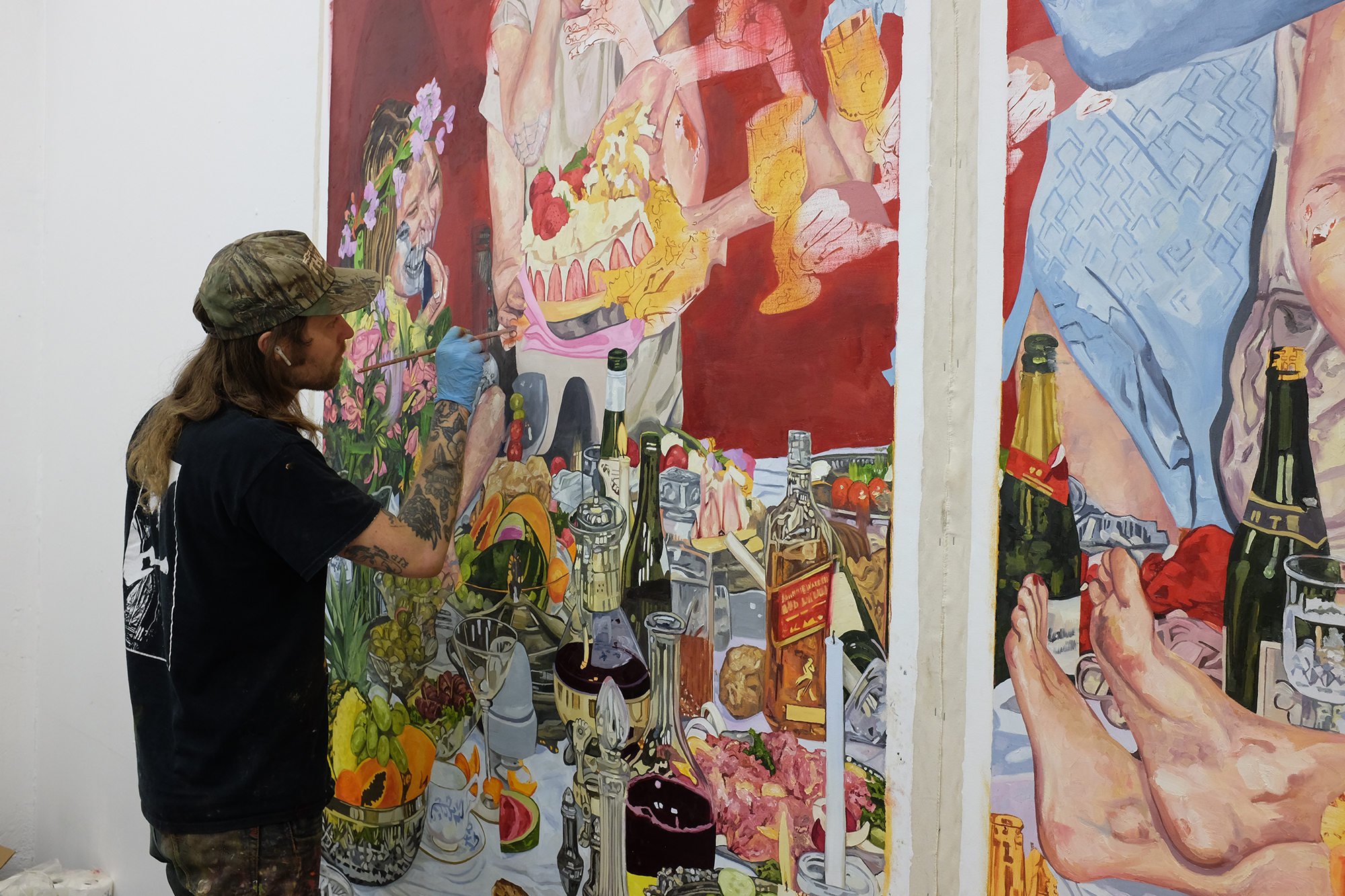Heather Jones: Your website mentions that you are mainly a self-taught artist. How and when did you start making art, and what draws you to painting specifically?
Mitchell Villa: I have been interested in art since I was a child. I grew up attending private lessons and classes. When I was young, I was involved in drawing, watercolor, and sculpture. It wasn’t until after high school that I began dabbling in paint.
I am drawn to painting because of the way paint behaves and the ability it has to suggest new ideas. There is a feeling of excitement that I get from painting that I don’t get from anything else.
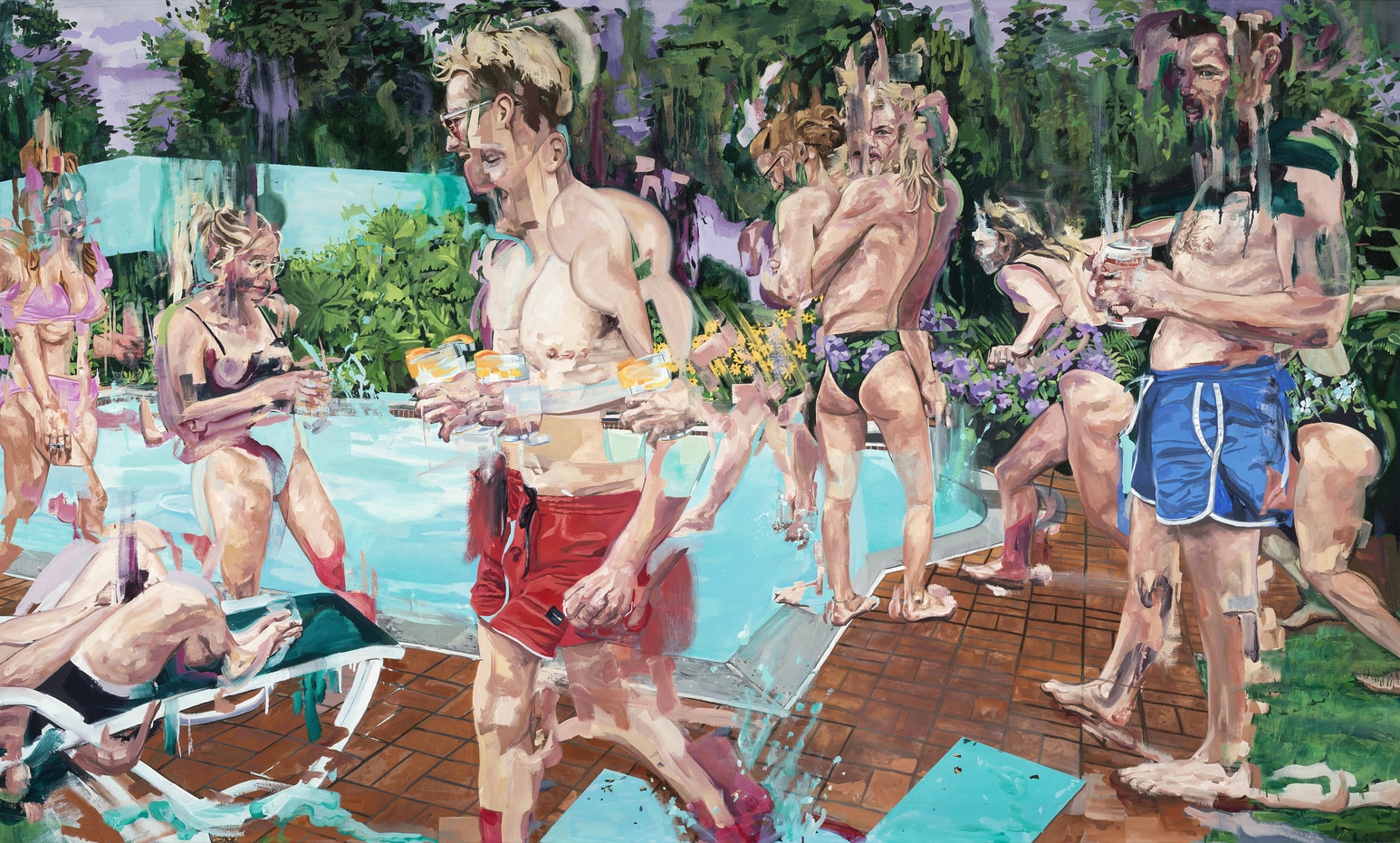
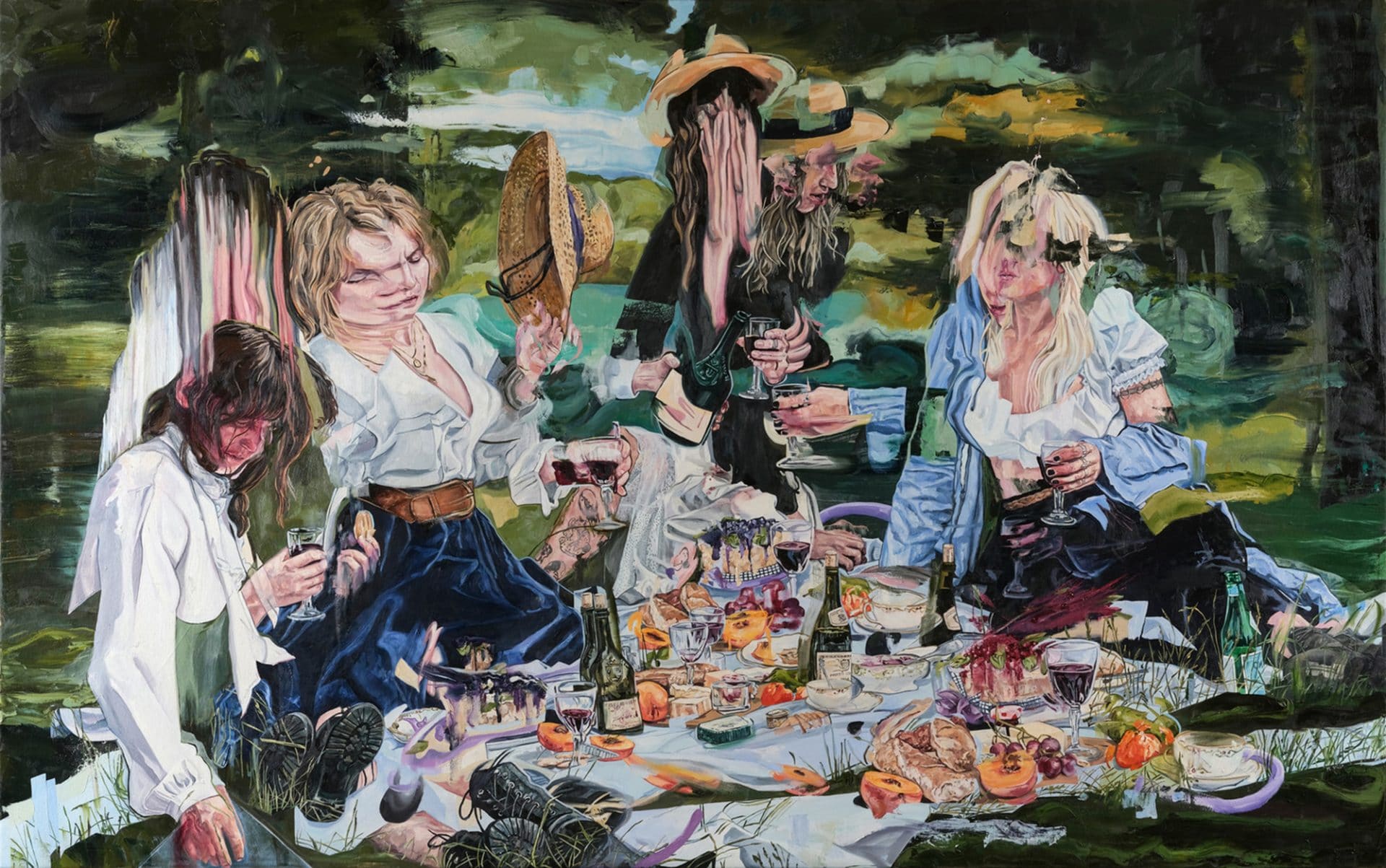
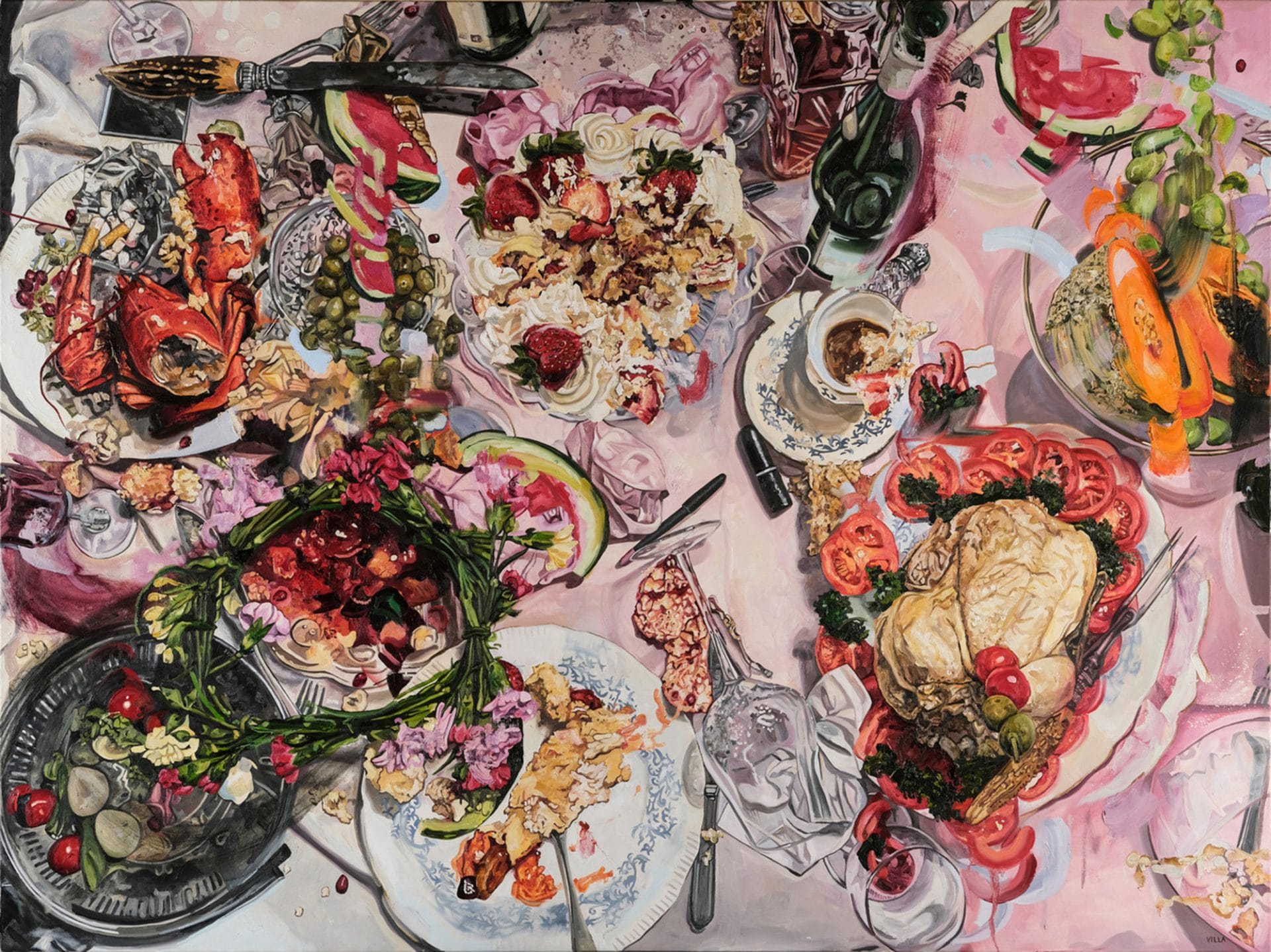
HJ: Your paintings are dramatic and often contain a narrative quality, encapsulating an elongated time span within a single frame. At the risk of sounding pompous, in this way they remind me of Renaissance tableaus. You’ve also used the term “subjective realism” to describe your artwork. What are your creative influences, and do you see your work in relation to any art historical lineage?
MV: Creating a narrative is not my goal, but I like to provide viewers with enough information to develop their own narrative if needed. Portraying a period of time seems to encapsulate more feeling than a single snapshot and makes things feel less static.
I love those Renaissance/Baroque paintings that are heaped with information. There is something almost cinematic about them. They feel larger than life. The painters that I look at most are Rubens, Caravaggio, Rembrandt, Sargent, Bruegel, Velázquez… For more Modern painting I like Freud, Bacon, and Beckmann. I also take a lot of inspiration from film and photography. My work leans heavily on art history and I am constantly referencing the masters throughout my painting process.
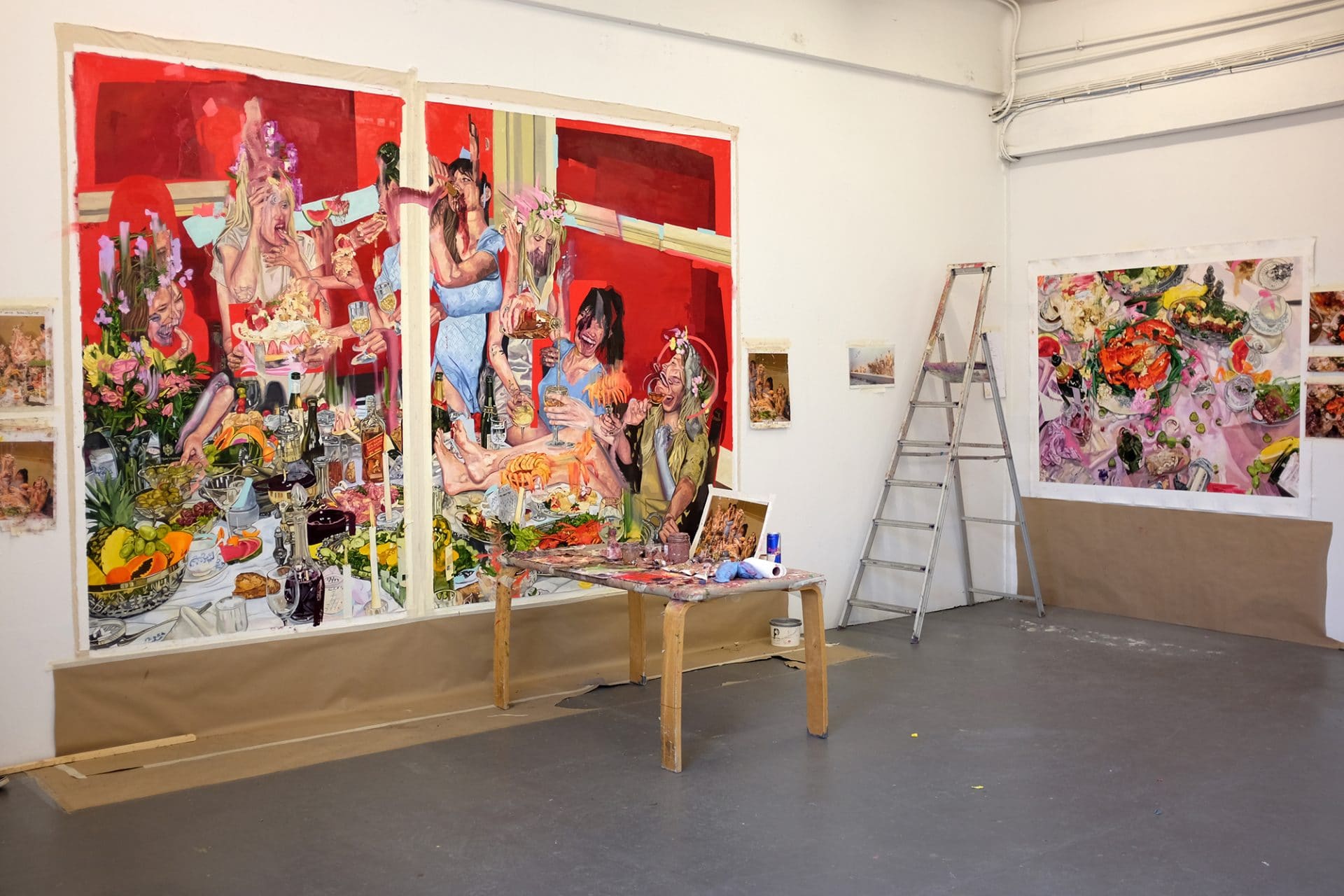
HJ: What is the creative impetus behind your paintings, and what do you hope viewers experience and take away with them?
MV: My paintings evolve from an idea in my mind or something that I see. Once I have that idea, I make it a reality by shooting my own reference photos or gathering imagery. My goal is to provide a painting that engages viewers and requires time to digest. I’m not concerned about any specific message.
HJ: We previously mentioned time as an important aspect in your work. I’m also wondering about scale. Most of your paintings are quite large. Why do you choose to paint so large, and how do you approach painting on this scale? Can you describe your process?
MV: I have always been captivated by grand paintings. There is something about large-scale pictures that holds such a presence. Its like going to the theatre compared to watching a film on your laptop. Painting at this size feels natural to me. It removes the sense of claustrophobia of a small canvas and provides me with the necessary space for experimentation.
I approach a painting the same way regardless of size. My process begins with the creation of reference photos/images that I develop into a photo-based composition, and then I transfer that to canvas. My painting process requires a first pass to establish a foundation, and from that point I have enough information in place to allow the painting to evolve more intuitively.
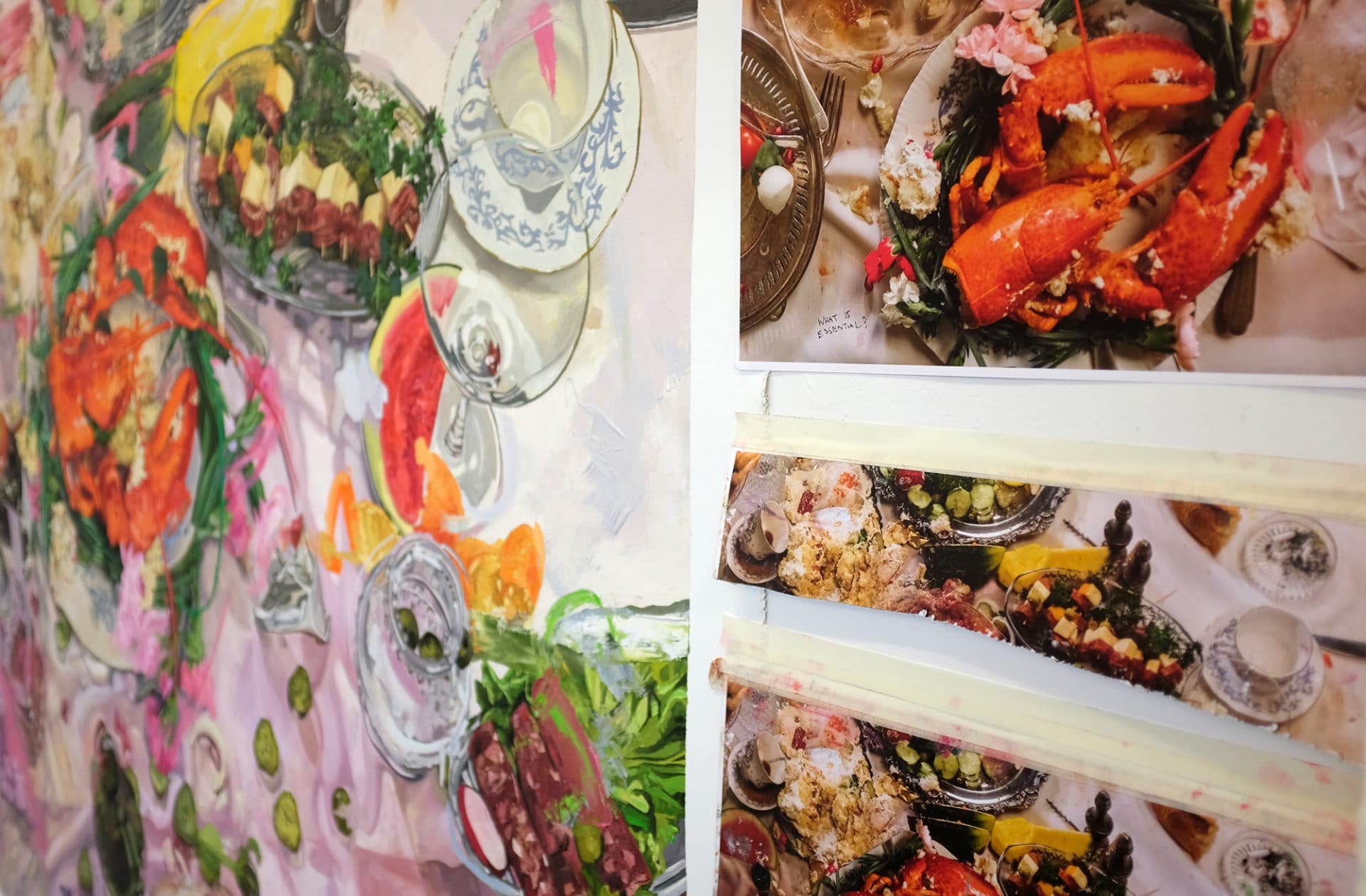
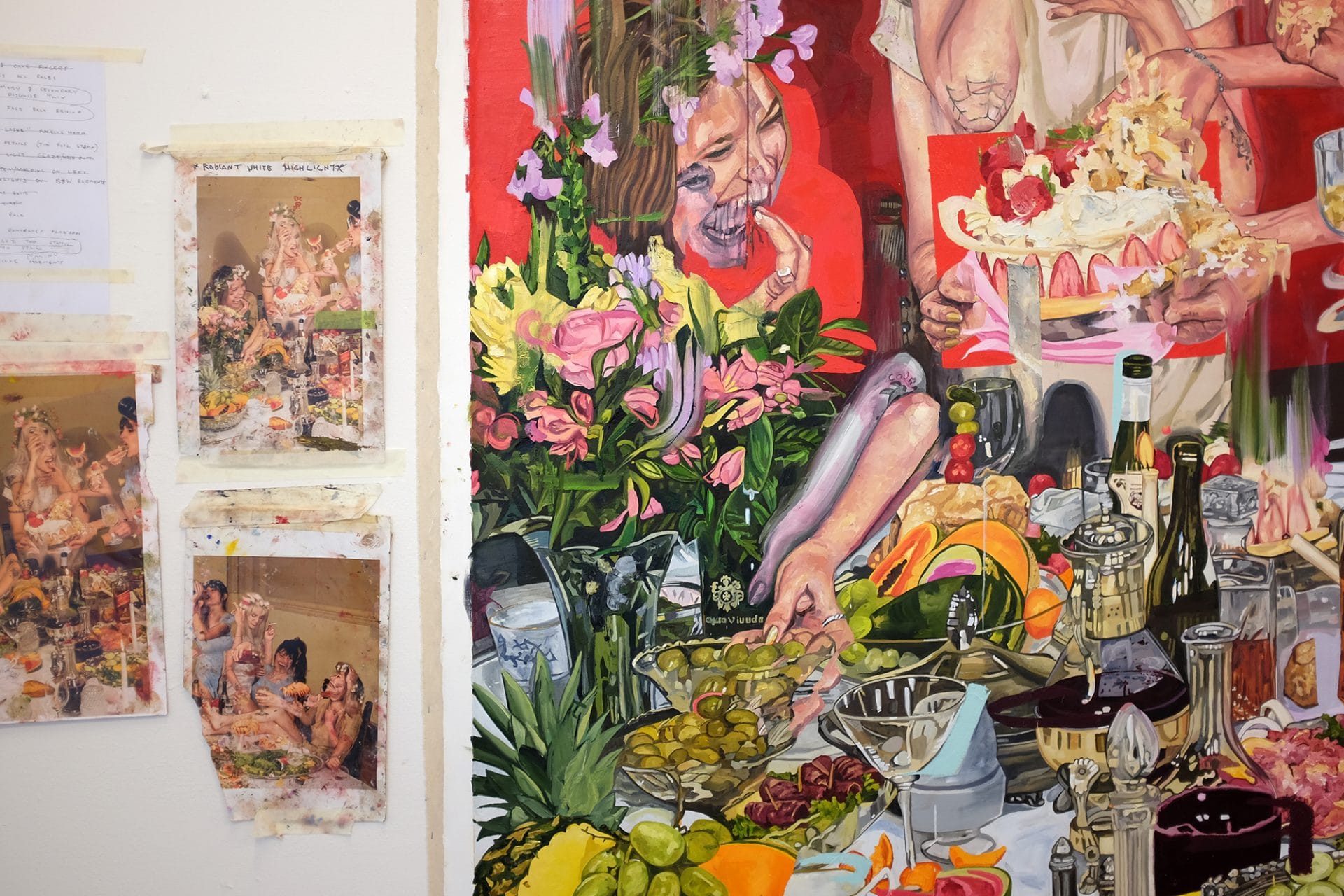
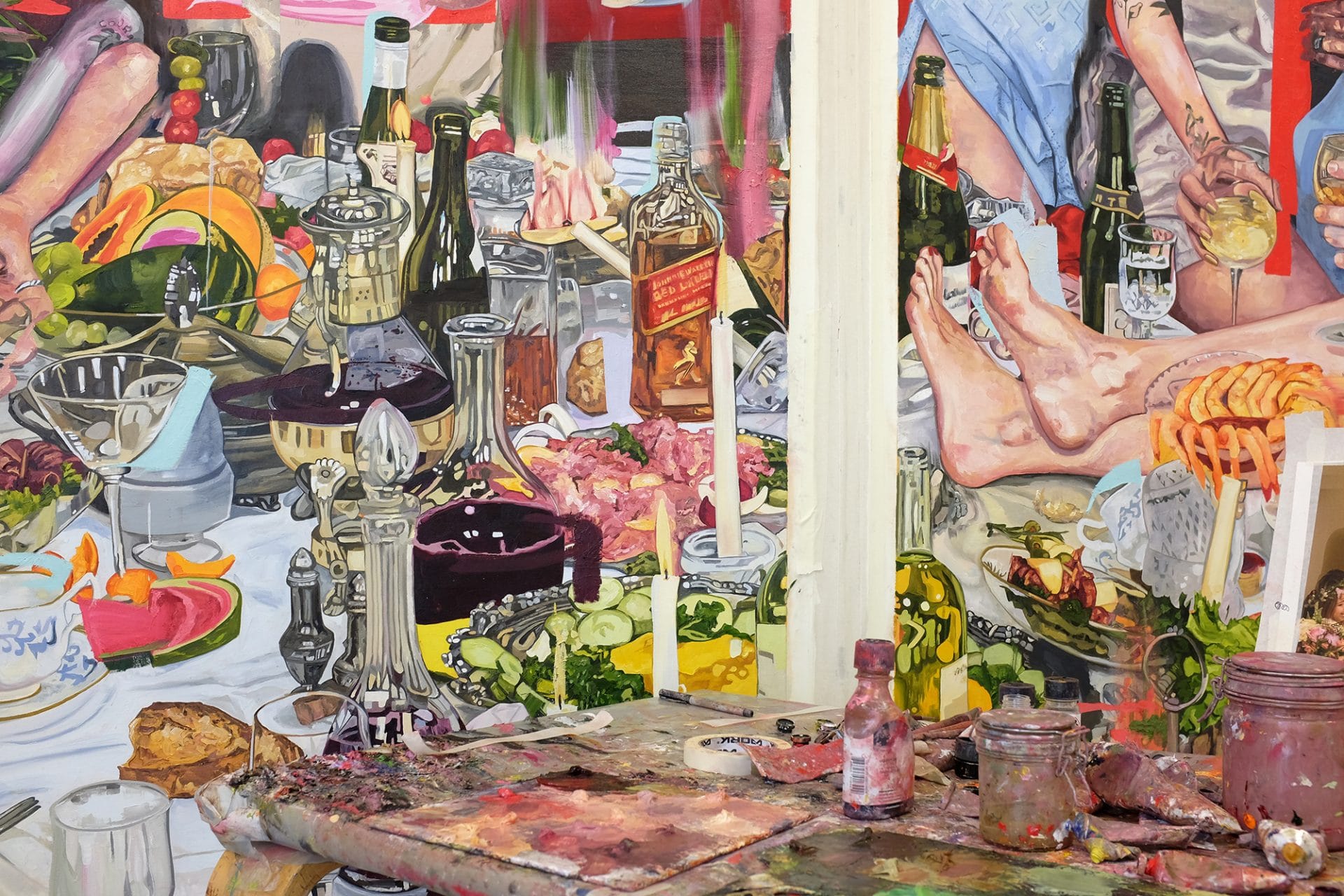
HJ: You’re currently based in Victoria, BC, in western Canada. Can you describe the environment there in terms of the arts? Is there community or regional support for the arts?
MV: Victoria is a small city so it’s pretty quiet, but there is a strong community of artists. There is some support, but the arts don’t have the same value as they do in Europe.
HJ: Living in Canada, how did you come to learn about AiR in Sandnes? What are your initial impressions of the region, and has your work been affected in any way by spending time here in Norway?
MV: I had previously visited Norway in 2015 and loved it. When I was researching residencies, Norway was my top location. I discovered AiR Sandnes on resartis.org and it seemed like a good fit.
Honestly, I haven’t done too much while I’ve been here, because I have been so consumed with painting. But I have managed to spend a few days exploring Stavanger, visited Pulpit Rock, and some beaches, which have all been incredible.
AiR Sandnes has drastically increased my productivity and creativity. Having the uninterrupted time to focus on painting has been next level. It has also been very motivational to be working in a new environment – just that change alone has sparked a lot of ideas and a new perspectives on painting.
Mitchell Villa is a primarily self taught artist. Drawn to the endless possibilities and mark-making applications of the painting medium, he began experimenting with acrylics early on and transitioned into oil in 2018. Villa has established himself as a painter in Western Canada, eventually settling down his practice in Victoria, BC, where he finds the quieter pace of the city better suited to the containment and focus a studio practice requires.


